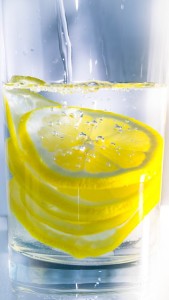 Although rainwater is generally considered clean, it can carry microbial and viral contamination generally caused by birds, rodents and insects. However, rainwater is relatively easy to filtrate and disinfect, resulting in improved quality over other drinking water supplies.
Although rainwater is generally considered clean, it can carry microbial and viral contamination generally caused by birds, rodents and insects. However, rainwater is relatively easy to filtrate and disinfect, resulting in improved quality over other drinking water supplies.
The Environmental Protection Agency (EPA) regulates the quality of public drinking water, but not private systems. The treatment of rainwater should be equal to that of surface water. All collected rainwater used for potable supply must be treated effectively to minimize risk of human health hazards. Contaminates need to be removed by filtration and sorption, or inactivated by disinfectant.
Both organic and inorganic contaminants need to be considered in design and installation of a rainwater collection system. Microbial and viral contamination in a rainwater collection system can be reduced by proper collection techniques such as screening, first flush devices, or vortex filters before storage. Environmental contaminants such as pesticides, fertilizers, and hydrocarbons should be considered, too. Raw water testing from the downspout at time of design will insure proper filtration in the treatment train, if needed.
Raw water should be tested to ensure that a RWC system is designed to produce high-quality potable water and tested after installation to be sure that the filtration and disinfection system is effectively removing any contaminants of concern.
To ensure that a RWC system is producing high-quality water, testing must be done. The EPA and local health agencies specify methods to analyze drinking water. Laboratories that conduct these tests are certified and governed by regulatory agencies. It is recommended that collected rainwater intended for single family domestic use be tested once per year for bacterial and any other constituents that are a concern.

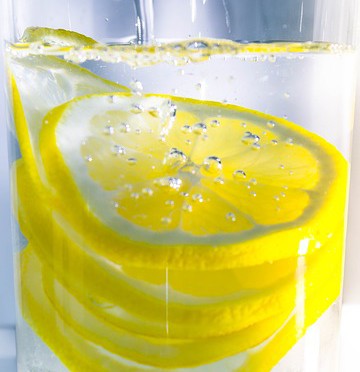
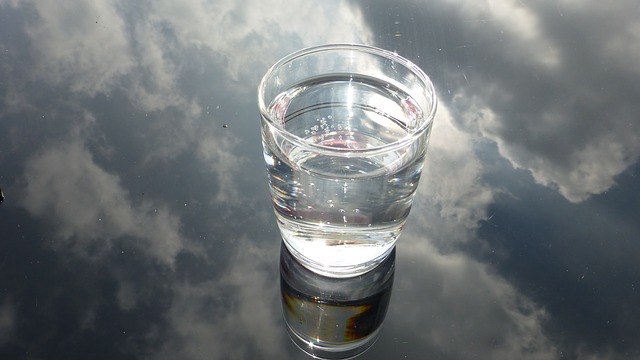
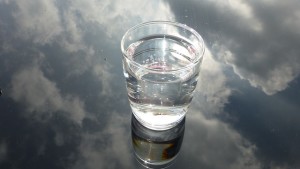 Does Your Installer Follow Plumbing Codes for Rainwater Collection?
Does Your Installer Follow Plumbing Codes for Rainwater Collection?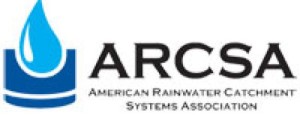 credits every year to retain their status. Members include a host of professionals in engineering, microbiology, plumbing professionals and industry leaders, who have additional opportunities for development through networking, workshops, and conferences. ARCSA professionals are the leaders in the rainwater collection industry.
credits every year to retain their status. Members include a host of professionals in engineering, microbiology, plumbing professionals and industry leaders, who have additional opportunities for development through networking, workshops, and conferences. ARCSA professionals are the leaders in the rainwater collection industry.
 RainBank Rainwater Systems honors all US vets and their families on this Memorial Day .
RainBank Rainwater Systems honors all US vets and their families on this Memorial Day .